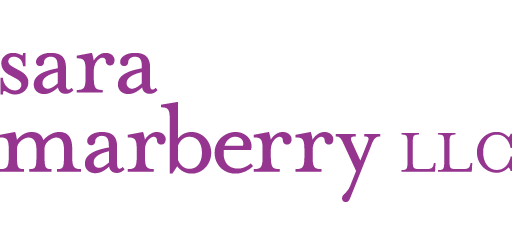
I recently asked a bunch of smart people whether they thought the conversation about evidence-based design has quieted. Most felt that it had, but not because it’s not still important.
“I believe the term Evidence-Based Design has become a more common, and thus more accepted, term throughout our industry,” wrote Bill Rostenberg, FAIA, FACHA, ACHE, EDAC, Senior Principal, Stantec. “Similar, to Evidence-Based Medicine, however, discussion is still active. No longer is there much debate about its importance, as its importance is now widely accepted.”
“As a researcher I would like to think that the conversation has quieted down because we are no longer busy making a case for it,” wrote Upali Nanda, Ph.D., Associate AIA, EDAC, Vice President, Director of Research, HKS. “It is now accepted that evidence informs design; more practitioners are getting EDAC certified; more positions are opening up for researchers in practice; and more owners are asking for some level of research intelligence and expertise.”
Sheila Cahnman, Vice President, Healthcare Market Sector, AECOM, shared that she hasn’t seen much interest in EDAC certification from clients, but that the conversation about evidence-based design has become much more sophisticated.
“In most RFPs, we see a question concerning how we incorporate evidence-based design principles in our projects,” she wrote. “Especially overseas. But most educated clients now understand that [EBD] incorporates a broad range of methodologies and do not expect scientific method research from their architects.”
Craig Zimring, Ph.D., Professor, College of Architecture at Georgia Institute of Technology, feels that evidence-based design is more important than it ever was. “Owners are increasingly demanding evidence that decisions will result in better outcomes at lower cost,” he wrote.
“To the extent that the evidence-based design conversation was about ‘solutions’ and ‘features’, it has quieted down as many of these have become accepted as good design,” responded Ron Smith, AIA, ACHA, AHE, EDAC, President/CEO, design at the intersection, LLC. “Beyond that, some of the energy has simply gone out of that part of the EBD conversation as the emphasis shifts away from “design features” to core program and operations.”
“At the same time the EBD conversation is picking up at the deeper level of design as it relates to and supports continuous process improvement (Lean), high reliability organizations, and reduction in cost of operations,” Smith wrote. “These ‘organization and operations design’ approaches may seem to be overshadowing evidence-based design now because that is where the focus is in the industry.”
Nanda also sees an important connection between evidence-based design and Lean. “We need to integrate EBD with Lean so that at the end of the day it is the entire design process and project delivery process that benefits,” she wrote, adding that we also need “new research on topics that have not been explored before, that can offer new insight and re-engage the designers with the innovation and insight they offer.”
It makes sense to me that organizational and operations design approaches like Lean are the next frontier for evidence-based design. And I’m guessing it’s probably not the final frontier.
What do you think? Add your voice to the discussion!
P.S. Please do me a favor — if you liked this post and like this blog, please share it with others by sending them the link and/or post it on your Twitter, LinkedIn, or Facebook, etc. Also, don’t forget to subscribe, so you’ll get emails when new content is posted. Thanks!
If you like this post, please share.

What’s my story? I’m a healthcare and senior living design knowledge expert who writes and speaks frequently about trends and issues affecting these two industries. I’m also a strategic marketing consultant and content creator, working with companies and organizations who want to improve the quality of healthcare and senior living through the design of the physical environment. You can reach me at [email protected].

